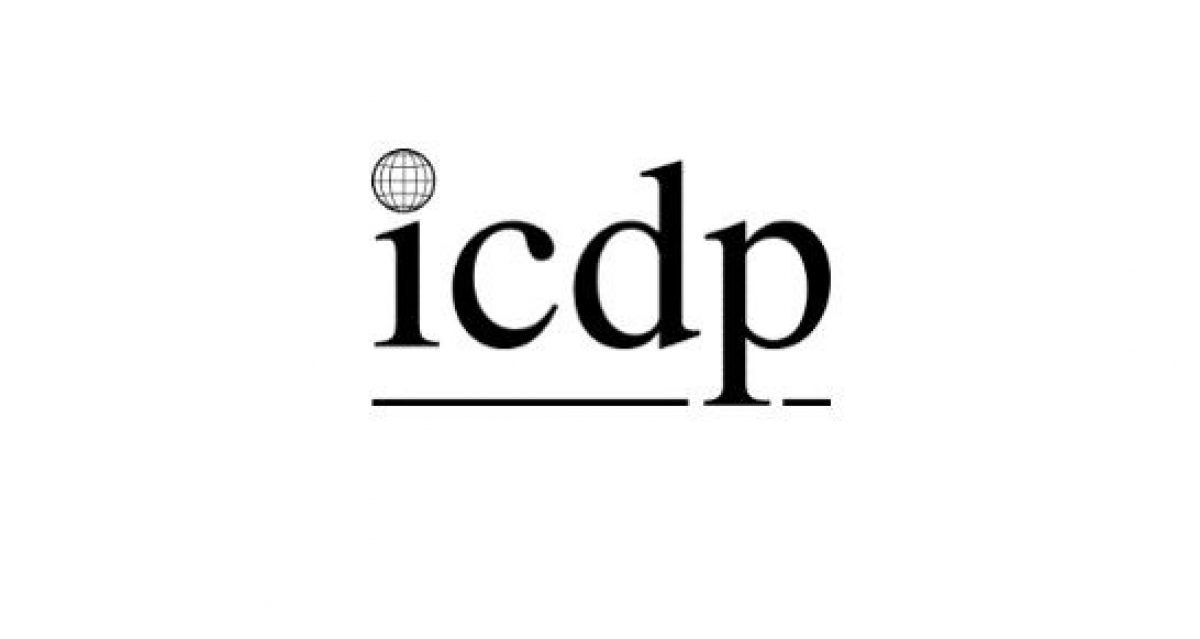
Early this morning, EU environment ministers reached an agreement on the phasing out of internal combustion engine vehicles from 2035. There had been speculation that the target would be eased, driven by a range of concerns expressed by some governments (notably Italy) and some lobby groups. The headline message is that the original targets have been confirmed, but the reality is that some cracks have appeared in this absolute ban. It now appears that the European Commission and Parliament will be expected to include provision for internal combustion engine vehicles to remain on sale if they are powered by carbon-neutral fuels – effectively green hydrogen or some synthetic fuels.
The concerns that have driven this position appear to be mainly based on self-interest. Italy has a very low penetration of battery electric vehicles (BEVs) to date and lags in charging infrastructure compared to some northern European markets. CLEPA, representing the supplier sector, are keen to promote "a technology open approach, with a smart and sensible technology mix of electric vehicles and a measured use of alternative solutions involving advanced internal combustion engine technology." Oliver Zipse, the BMW chief and Chairman of ACEA representing the OEMs had previously said that banning ICEs was “not a rational way forward”. He and others have highlighted the lack of infrastructure and the supply chain challenges of sourcing raw materials in sufficient volumes to produce the required batteries.
As usual with politics, we end up with a fudge, and that fudge in turn creates uncertainty and an excuse to delay decisions. Despite being a BEV fan (as well as a petrolhead) I personally think that for politicians to dictate a solution to any policy issue is misguided – they should define targets and how they are measured, then leave those with the knowledge to come up with the solutions. The ability of the car industry to do this was acknowledged in a way by Frans Timmermans from the Commission this morning when he said that he had “full confidence that the European car industry can manage”. He was referring to their ability to come up with the BEV products – which nobody is challenging – but unfortunately did not take this position when the road to zero emissions was defined, nor acknowledge the broader issues around electrification now such as power generation that is not under the control of OEMs.
Clearly there was a kneejerk reaction by the regulators to ‘dieselgate’ who were in denial that the test regime they defined was arguably more to blame for the gap between test results and reality than the actions of the manufacturers who worked to optimise the results within that test – now apparently applying to a number of manufacturers, not just the VW Group. Is the ‘Fosbury flop’ high jump style where the athlete twists and bends backwards over the high jump a ‘defeat device’ or a failure of the regulators to require the athlete to remain facing the jump at all times, which I’m sure was the intent?
However, now that the door has been cracked open, what are the possible implications for the industry? It has always been clear that a 100% BEV policy was flawed in terms of usability for people living in remoter areas, the need for a parallel investment in green electricity generation capacity and charging infrastructure, and the ethical and environmental issues around sourcing some of the battery raw materials. Whilst technology will probably address some of those issues to some extent before 2035, it is a bit like launching a space mission on the basis that you will send the route instructions for the second and third legs once the ship has left earth orbit.
There is a possibility that there will be some sort of limit – either in terms of volumes or timeframe – for the non-BEV alternatives, but what is the logic of that? If an alternative solution is offered which also achieves zero tailpipe emissions, and might actually be better than a BEV over the whole product life cycle, why should availability be artificially restricted? Demand will exist long beyond 2035 outside of Europe for ICE cars – or at least non-BEVs – so should the European industry (OEMs and suppliers) exclude themselves from those markets? That is the direction of travel for some, but now that strategy needs to be reconsidered because an ICE car running on synthetic fuels in Europe as a zero-emissions vehicle, will presumably be capable with minor modifications of running on ethanol in Brazil or gasoline in Africa? In my view, large swathes of North America will adapt to synthetic-fuelled ICEs if they were available much faster than they will switch to BEVs, leading to major gains for global emissions.
At the distribution end of the industry, it is clear that we must still gear up for much higher BEV penetration than we have today, but it might just be that we’ll be hearing the beat of a combustion engine rather than the hum of a BEV for a while longer than we thought …
Steve Young, Managing Director, ICDP Limited
Source: ICDP
